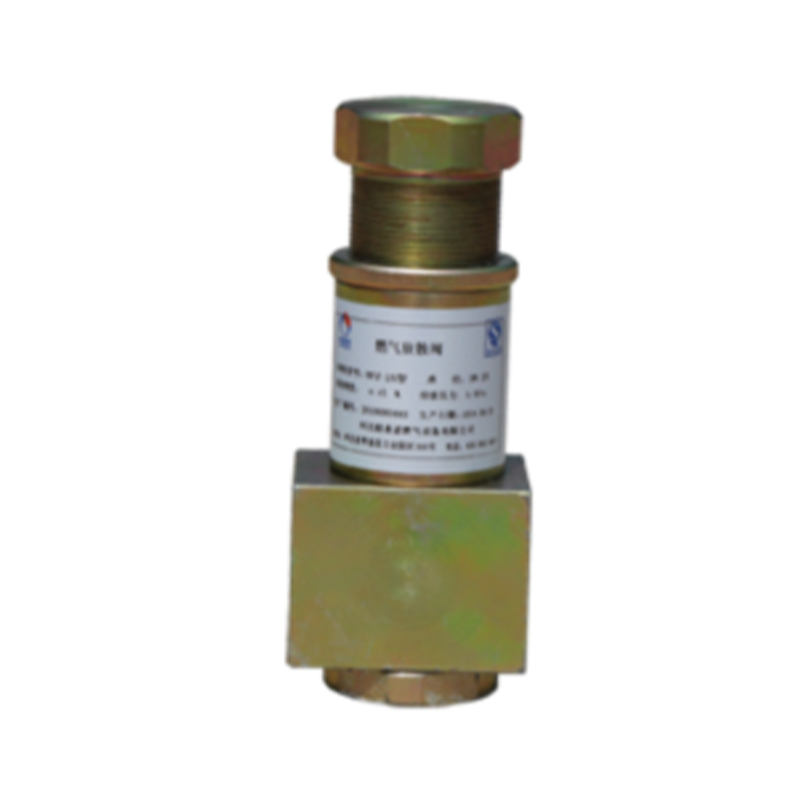
Nov . 19, 2024 18:20
Back to list
natural gas filtration
An Overview of Natural Gas Filtration
Natural gas is one of the most important sources of energy worldwide. It serves various applications, including heating, electricity generation, and as a feedstock for chemical production. However, before natural gas can be utilized, it must undergo a rigorous filtration process to ensure its purity and safety. The filtration of natural gas involves removing impurities and contaminants that can hinder its performance and efficiency, thus playing a critical role in the overall gas supply chain.
The Importance of Filtration
Natural gas extracted from the ground often contains a variety of impurities such as water, carbon dioxide, hydrogen sulfide, and particulate matter. These contaminants can lead to corrosion, reduced efficiency, and increased emissions when the gas is used in combustion systems. Therefore, effective filtration is essential not just for environmental compliance but also for the reliability and longevity of gas-burning equipment.
Types of Contaminants
The main types of contaminants in natural gas include
1. Water Water can exist as vapor or liquid in the gas stream. It needs to be removed to prevent pipeline corrosion and hydrate formation, which can block flow.
2. Acid Gases Gas like carbon dioxide (CO2) and hydrogen sulfide (H2S) can be corrosive and toxic. Their removal is crucial to meet safety and environmental standards.
3. Particulates Dust, dirt, and other small particles can enter the gas stream from various sources. These can cause wear and tear on mechanical components in gas turbines and engines.
4. Hydrocarbons Larger hydrocarbons such as butanes and heavier compounds can also contaminate the gas stream. These generally need to be separated to produce a cleaner, more efficient gas.
Filtration Techniques
natural gas filtration

Natural gas filtration involves several techniques, often used in tandem to achieve the desired level of purity
. Here are some of the most common methods1. Coalescing Filters These are used to separate liquid water from natural gas. The filters work by collecting small water droplets into larger ones, which can then be removed effectively.
2. Adsorption Materials like activated carbon or molecular sieves are often employed to remove acidic gases and other volatile compounds through adsorption processes.
3. Membrane Separation Membrane technology offers a modern and efficient way to selectively filter out certain contaminants, particularly CO2 and other heavier hydrocarbons.
4. Centrifugal Separators These use centrifugal force to separate heavier liquids and particulates from the gas stream.
The Future of Natural Gas Filtration
As natural gas continues to play a pivotal role in the global energy landscape, advancements in filtration technology will be crucial. Innovations such as smart sensor technology for real-time monitoring and more efficient materials for adsorption are being explored. These advancements aim to improve efficiency, lower operational costs, and minimize environmental impact.
In addition, as the world increasingly shifts toward cleaner energy sources, the demand for high-quality natural gas will rise. Gas filtration systems will need to evolve to meet stricter regulations and consumer demands for cleaner burning fuels.
Conclusion
In summary, natural gas filtration is an essential process that ensures the safe and efficient use of this important energy source. With ongoing advancements in technology and an increasingly stringent regulatory landscape, the future of natural gas filtration holds promise for improved performance and sustainability in the energy sector.
Latest news
-
Safety Valve Spring-Loaded Design Overpressure ProtectionNewsJul.25,2025
-
Precision Voltage Regulator AC5 Accuracy Grade PerformanceNewsJul.25,2025
-
Natural Gas Pressure Regulating Skid Industrial Pipeline ApplicationsNewsJul.25,2025
-
Natural Gas Filter Stainless Steel Mesh Element DesignNewsJul.25,2025
-
Gas Pressure Regulator Valve Direct-Acting Spring-Loaded DesignNewsJul.25,2025
-
Decompression Equipment Multi-Stage Heat Exchange System DesignNewsJul.25,2025

